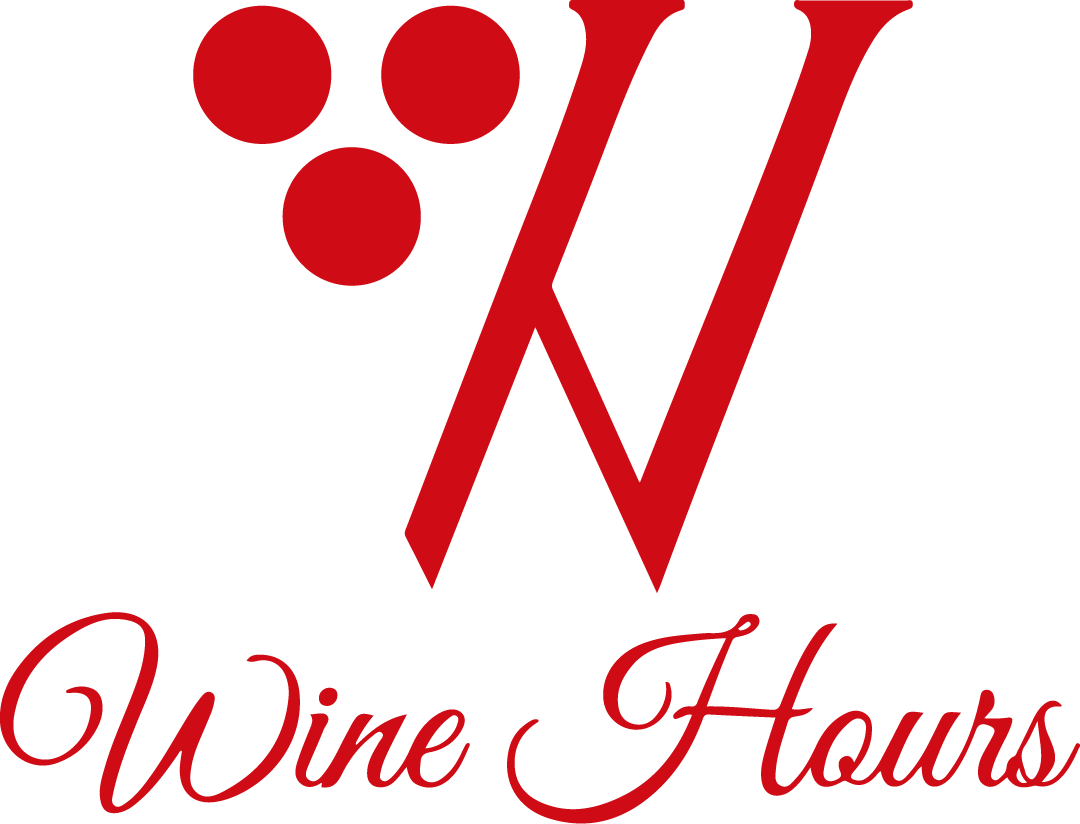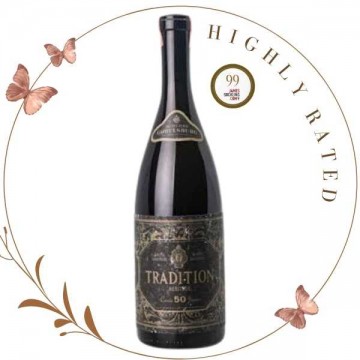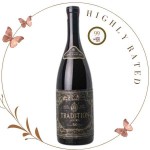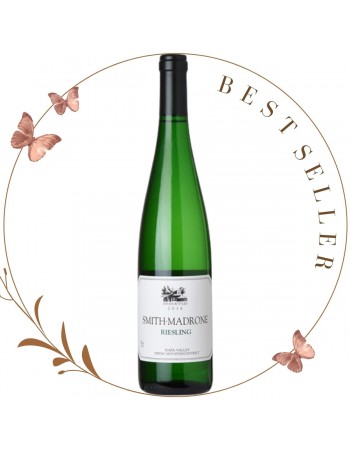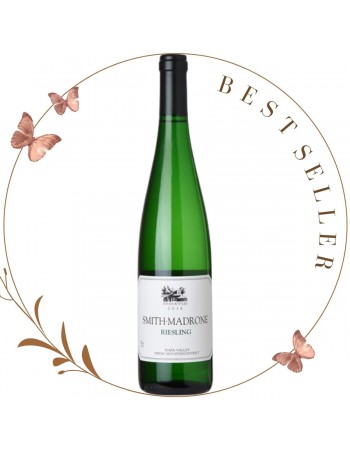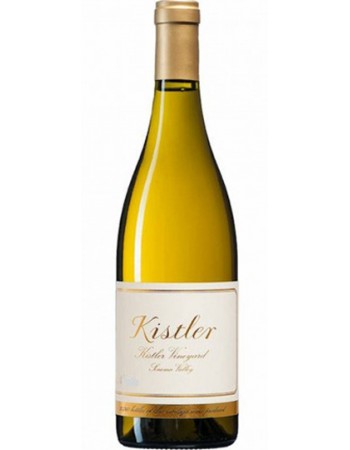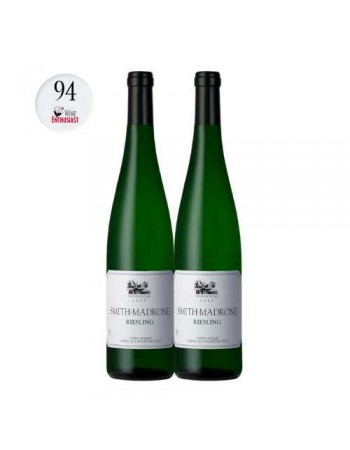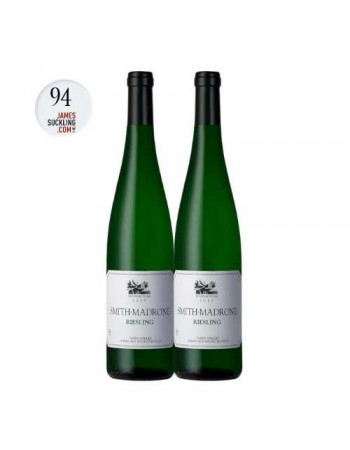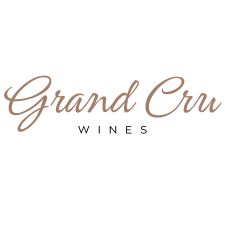NV Schloss Gobelsburg Tradition Heritage Cuvee 50 Years
-
S$39999
-
- 2+ for S$39699 each
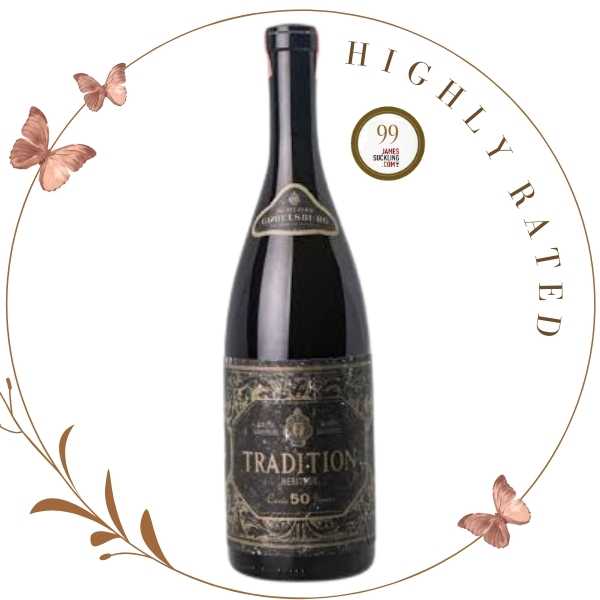
Vintage: 50th Anniversary by Schloss Gobelsburg
Region: Kamptal
Country: Austria
Schloss Gobelsburg is a highly regarded wine estate and historic property in the Kamptal region of Austria. It is one of the oldest wine estates of the country, particularly known for its wines from the Grüner Veltiner and Riesling grape varieties.
Wine production at the site dates back to 1171. The monks of the Zwettl monastery managed the vineyards until 1995, when the business was taken over by Michael Moosbrugger, with the guidance of Willi Bründlmayer. The Gobelsburg castle itself was first documented in 1178 as a fortified property with adjoining church. It evolved into a more residential-focused property in the 16th Century and was completely rebuilt in 1725.
Schloss Gobelsburg has 35 hectares (87 acres) of vineyards in various sites near the castle. These include the famous Erste Lage sites Heiligenstein and Gaisberg for Riesling, and Lamm, Steinsetz, Grub and Renner for Grüner Veltliner. These vineyards make the estate's range-topping, single-vineyard wines. Grüner Veltliner represents half of Gobelsburg's total plantings, with Riesling accounting for one quarter. Zweigelt, Sankt-Laurent, Blauburgunder (Pinot Noir) and Merlot are also planted in the vineyards.
In the cellar, large maturation barrels are placed on wheels so wine can be moved around without needing to be pumped. In the pursuit of regional authenticity, oak for the barrels is sourced from Manhartsberg, north of Langenlois, rather than the normal French or American sources.
Mutli-vintage white blend from every vintage from 1970 to 2017 from the following varieties: Gruner Veltliner, Riesling, Gruner Sylvaner, Muskat Sylvaner, Riesling Sylvaner, Welschriesling, Muskat Ottonel,Traminer and Muskateller.
Schloss Gobelsburg is a highly regarded wine estate and historic property in the Kamptal region of Austria. It is one of the oldest wine estates of the country, particularly known for its wines from the Grüner Veltiner and Riesling grape varieties.
Wine production at the site dates back to 1171. The monks of the Zwettl monastery managed the vineyards until 1995, when the business was taken over by Michael Moosbrugger, with the guidance of Willi Bründlmayer. The Gobelsburg castle itself was first documented in 1178 as a fortified property with adjoining church. It evolved into a more residential-focused property in the 16th Century and was completely rebuilt in 1725.
Schloss Gobelsburg has 35 hectares (87 acres) of vineyards in various sites near the castle. These include the famous Erste Lage sites Heiligenstein and Gaisberg for Riesling, and Lamm, Steinsetz, Grub and Renner for Grüner Veltliner. These vineyards make the estate's range-topping, single-vineyard wines. Grüner Veltliner represents half of Gobelsburg's total plantings, with Riesling accounting for one quarter. Zweigelt, Sankt-Laurent, Blauburgunder (Pinot Noir) and Merlot are also planted in the vineyards.
In the cellar, large maturation barrels are placed on wheels so wine can be moved around without needing to be pumped. In the pursuit of regional authenticity, oak for the barrels is sourced from Manhartsberg, north of Langenlois, rather than the normal French or American sources.
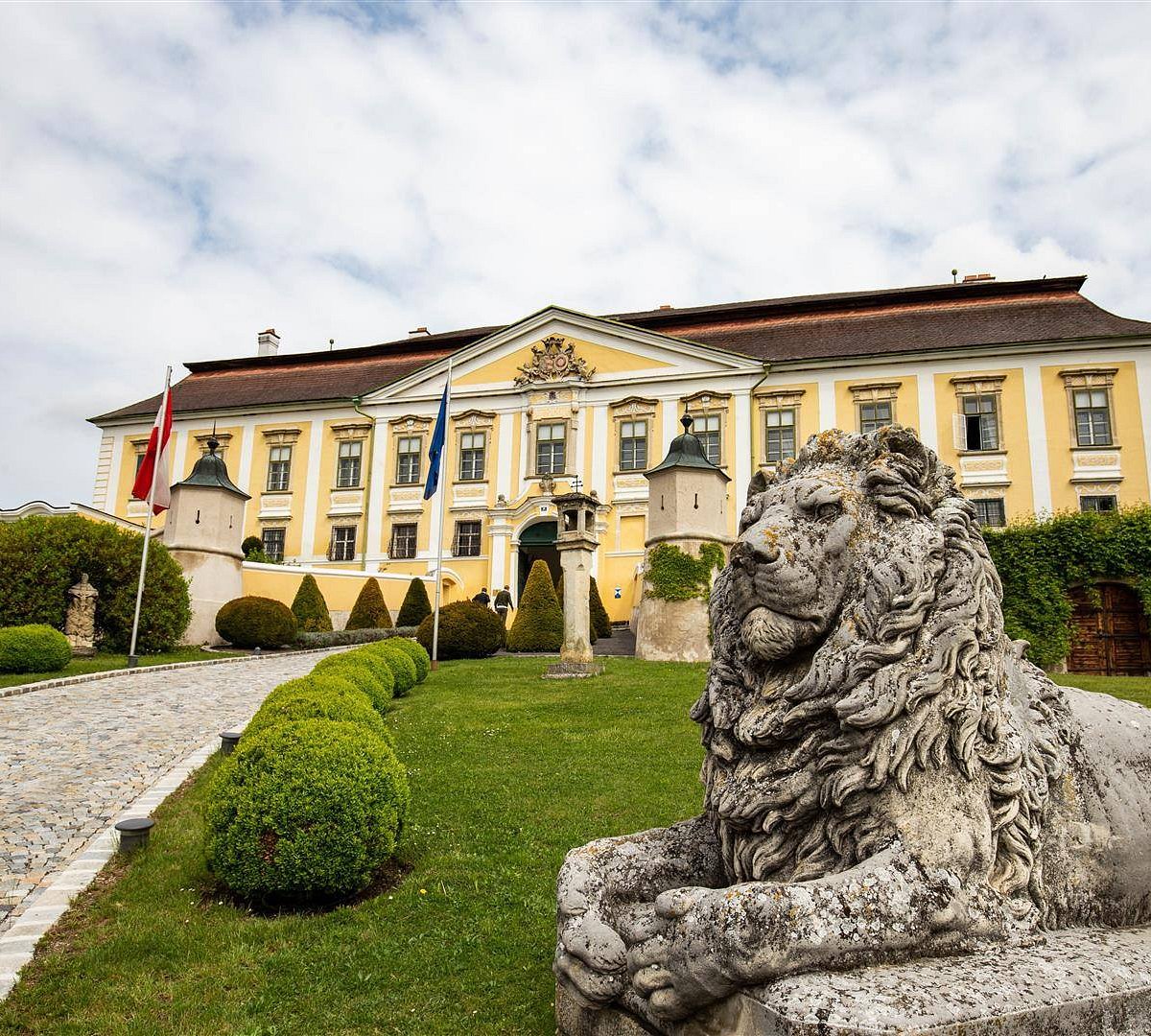
Wine Advocate 98 points
Intensely golden-yellow in color, the NV Tradition Heritage Cuvée 50 Years Edition 850 blends several grape varieties and a wide range of vintages from the last 50 years, starting with the 1970 vintage. The nose opens precise, lean and fresh, with bright and spicy fruit and flinty notes. On the palate, this treasure is crystalline, tight, reductive and very elegant, with a long and tensioned finish. This Jubilee edition reveals remarkable finesse and grip and represents the historical spirit and substance of the castle. Due to the matured wines from the 1970s and 1980s, this is a leaner, more filigreed style than the newer assemblages that contain only barrel-stored reserve wines from the Michael Moosbrugger era. The wine is doubtlessly very impressive. To create the blend, many bottles of the wine library were opened, tasted and decanted into small vessels that were then, little by little, blended into a cuvée. "It demands a clarity of vision and long years of experience with the wines of the Danube River region to compose a cuvée of this style," says Moosbrugger. "The different soils and the various grape varieties demand an understanding of their nature and their functionality in a blend, in order to create a wine like this."
